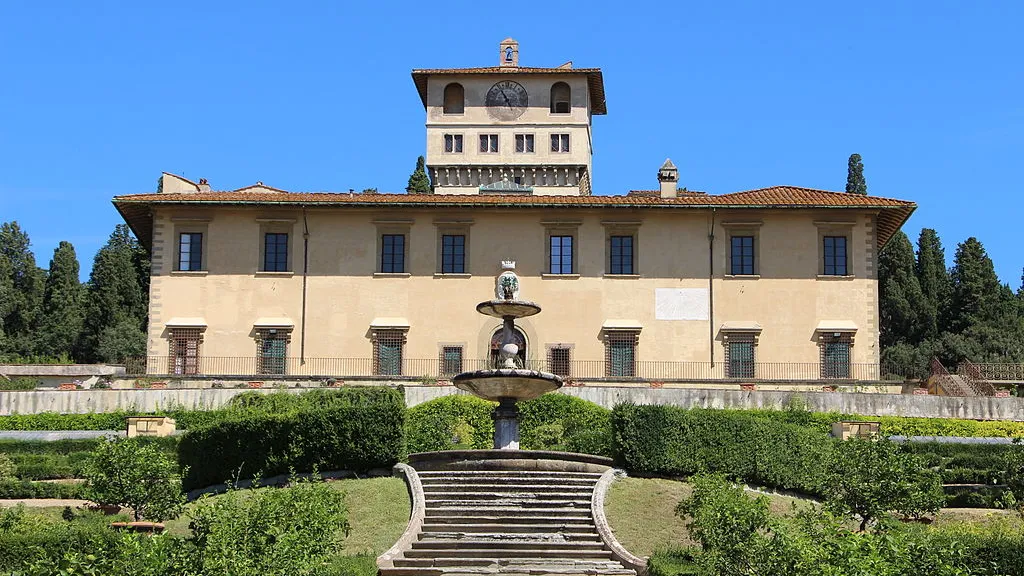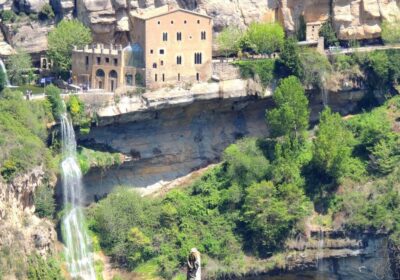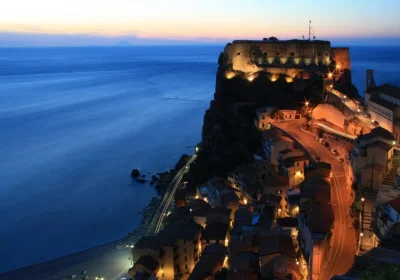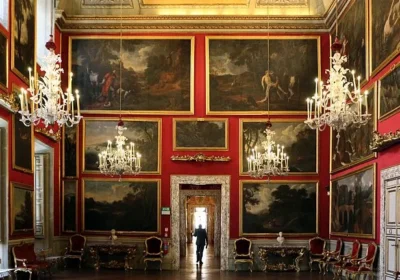Villas of the Medici dynasty.
This tour is conducted by car.
On this tour you will visit:
Villa Medici in Poggio a Caiano: the villa is located 20 km. from Florence. In 1485 Giuliano da Sangallo began to build for Lorenzo the Magnificent just a country house, for entertainment and relaxation. But the place, of course, is not without skeletons in the cupboards. In October 1587, the Grand Duke Francesco the First was found dead here, followed a few days later by his wife Bianca Capello. After the disappearance of the Medicis, the villa changed hands and went through periods of neglect, the last owner being King Victor Immanuel II, who handed it over to the State in 1919. The villa is the most striking example of Florentine humanism. The constant connection with ancient culture can be felt in every corner of the villa, which incorporates decorative elements, furniture, frescoes and furnishings from subsequent eras, up to the Savoy era.
Villa Medici in Petraia: on a hill near Florence, the Villa Petraia is characterised by a large tower in the centre of the building and a magnificent Italian-style garden designed by Tribolo in the 16th century. Inside, in addition to the charming courtyard with frescoes by Volterrano and the splendid rooms where King Victor Emanuel II lived, you can admire Giambologna’s work “Venus Florence”.
Villa Medici Castello: not far from Villa Petreia, is Villa Castello, first owned by the Medici and later by the Dukes of Lorraine. The villa is home to the Accademia della Crusca, an academic institution in Italy, which is made up of connoisseurs and experts in linguistics and philology of the Italian language. You can only visit the Italian-style garden designed by Tribolo (1538). The grotto with animal sculptures, by Giambologna, is charming.
Medici Villa in Ceretto Guidi: built at the behest of Cosimo I (1556), where Elisabetta Medici, daughter of Cosimo I, lived. The villa is decorated with a mighty staircase designed by Tribolo. Inside, there is a collection of portraits of the Medici dynasty and a historical hunting museum.

















